Instead of venturing to the distant asteroid belt, scientists are turning their attention to the Moon, which may harbor valuable mineral resources and abundant water.
Thousands of impact craters on the Moon's surface may hold platinum-group metals and water in the form of hydrated minerals, opening up the prospect of space mining closer to Earth than ever before, a new study suggests.
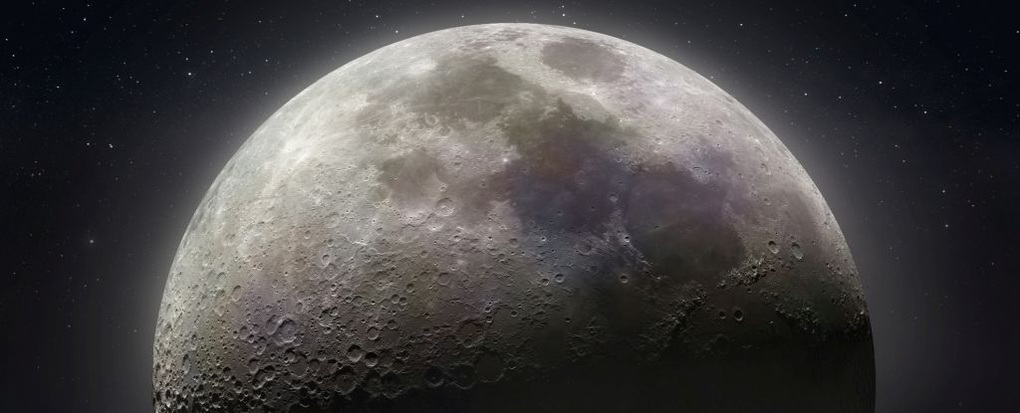
Impact craters on the Moon's surface may be home to platinum-group metals (Getty Images).
Research suggests that up to 6,500 impact craters on the Moon may contain rare metals such as platinum, palladium and rhodium.
Additionally, some 3,400 other impact craters are likely to contain water in the form of hydrated minerals, an essential element for any future manned space exploration .
Double benefits from space mining
There are several significant benefits to mining minerals in outer space. First, Earth’s resources are finite, and mining often has negative impacts on the environment. Finding new resources in outer space could ease the pressure on Earth.
Second, mining minerals in space could also be a powerful aid to space exploration missions. For example, access to water on the Moon would significantly reduce the cost and complexity of transporting water from Earth, or allow for on-site water recycling, facilitating the construction of permanent lunar bases.
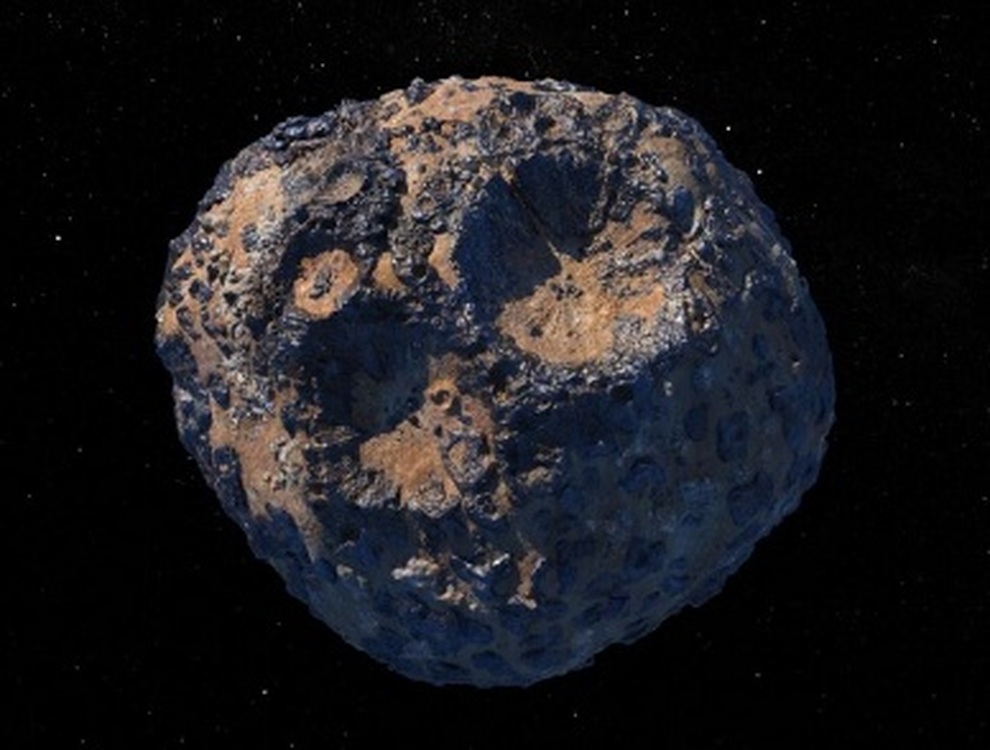
The 226-kilometer (140-mile) wide asteroid Psyche, located in the main asteroid belt between Mars and Jupiter, is thought to be rich in metals (image: Peter Rubin/NASA/JPL-Caltech/ASU).
Searching for Treasure on the Moon
Although many asteroids are thought to be rich in precious metals, particularly platinum-group metals, mining them poses significant challenges. Near-Earth asteroids are rare, difficult to reach, and move freely through space, making navigation difficult.
The Moon, on the other hand, is in a stable orbit around Earth, with one side always facing us, making it much easier to access and study. This doesn’t mean that mining the Moon is easy, but it is much more feasible than asteroid mining.
Researchers have been examining asteroid impact craters on the Moon for evidence of platinum-group metals and water. Some metallic asteroids are thought to be rich in precious metals, while carbonaceous asteroids are thought to be rich in hydrous minerals.
When an asteroid hits the Moon, some of it vaporizes, but a significant portion can survive under certain conditions. For large, complex craters, the debris is swept into the center of the crater, forming a central peak where ore is likely to concentrate.
By counting the large craters that may have resulted from asteroid impacts, the researchers estimate that there could be quite a bit of precious metal lurking on the Moon. Even taking into account that an asteroid may not survive an impact, especially for water-rich bodies that lose their water through heat, statistical estimates still run into the thousands of craters.
Specifically, there are up to 6,500 pits larger than 1 km in diameter that may contain platinum-group metals. If the search is narrowed to pits larger than 19 km in diameter with a clear central peak, the number drops to 38.
Meanwhile, there are up to 3,350 meteorite craters with diameters larger than 1 km that may contain water, narrowing down to 20 meteorite craters with diameters larger than 19 km with concentrated reserves.
This suggests that the Moon represents a statistically richer hunting ground for platinum-group metals than near-Earth asteroids.
Asteroid mining may still be a long way off, but the Moon seems like a more feasible and practical stepping stone towards that goal. The next step is to figure out exactly which craters hold the treasure and how to mine them.
Researchers suggest that remote observation and determination in lunar orbit, rather than using expensive and uncertain landers, is the best option to determine which targets are most worth pursuing.
Source: https://dantri.com.vn/khoa-hoc/mat-trang-co-the-cat-giau-tru-luong-bach-kim-quy-gia-khong-lo-20250928171543607.htm



![[Photo] Prime Minister Pham Minh Chinh chairs a meeting of the Government Standing Committee to remove obstacles for projects.](https://vphoto.vietnam.vn/thumb/1200x675/vietnam/resource/IMAGE/2025/10/06/1759768638313_dsc-9023-jpg.webp)
![[Photo] Prime Minister Pham Minh Chinh chaired a meeting of the Steering Committee on the arrangement of public service units under ministries, branches and localities.](https://vphoto.vietnam.vn/thumb/1200x675/vietnam/resource/IMAGE/2025/10/06/1759767137532_dsc-8743-jpg.webp)



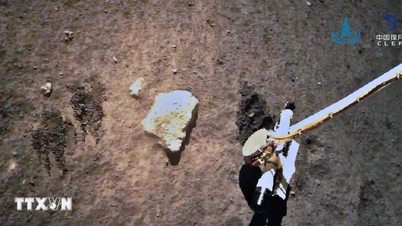

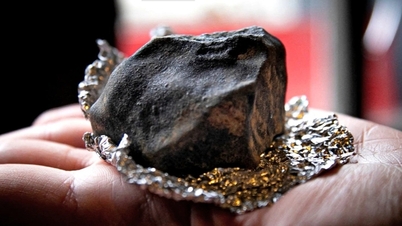





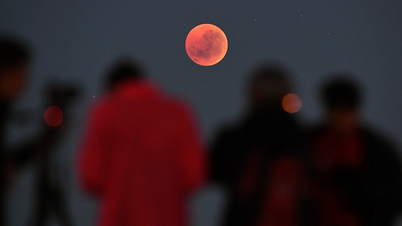


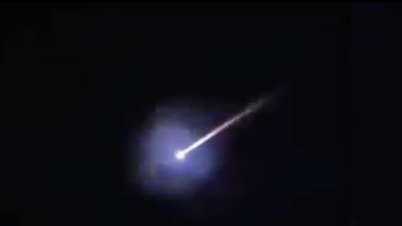
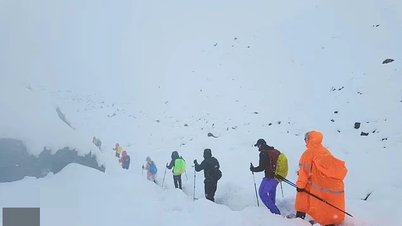

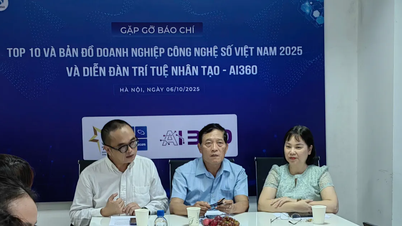









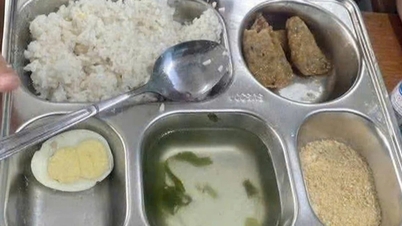




















































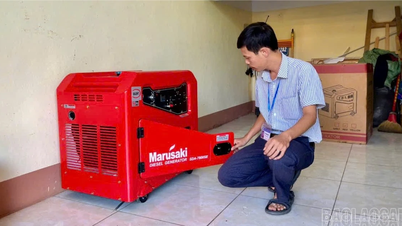



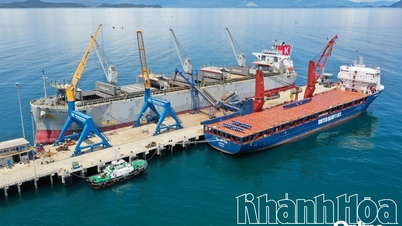














Comment (0)